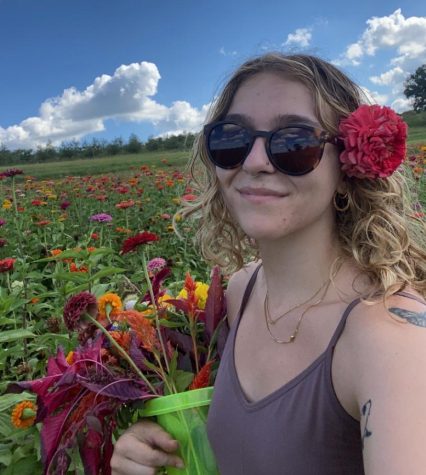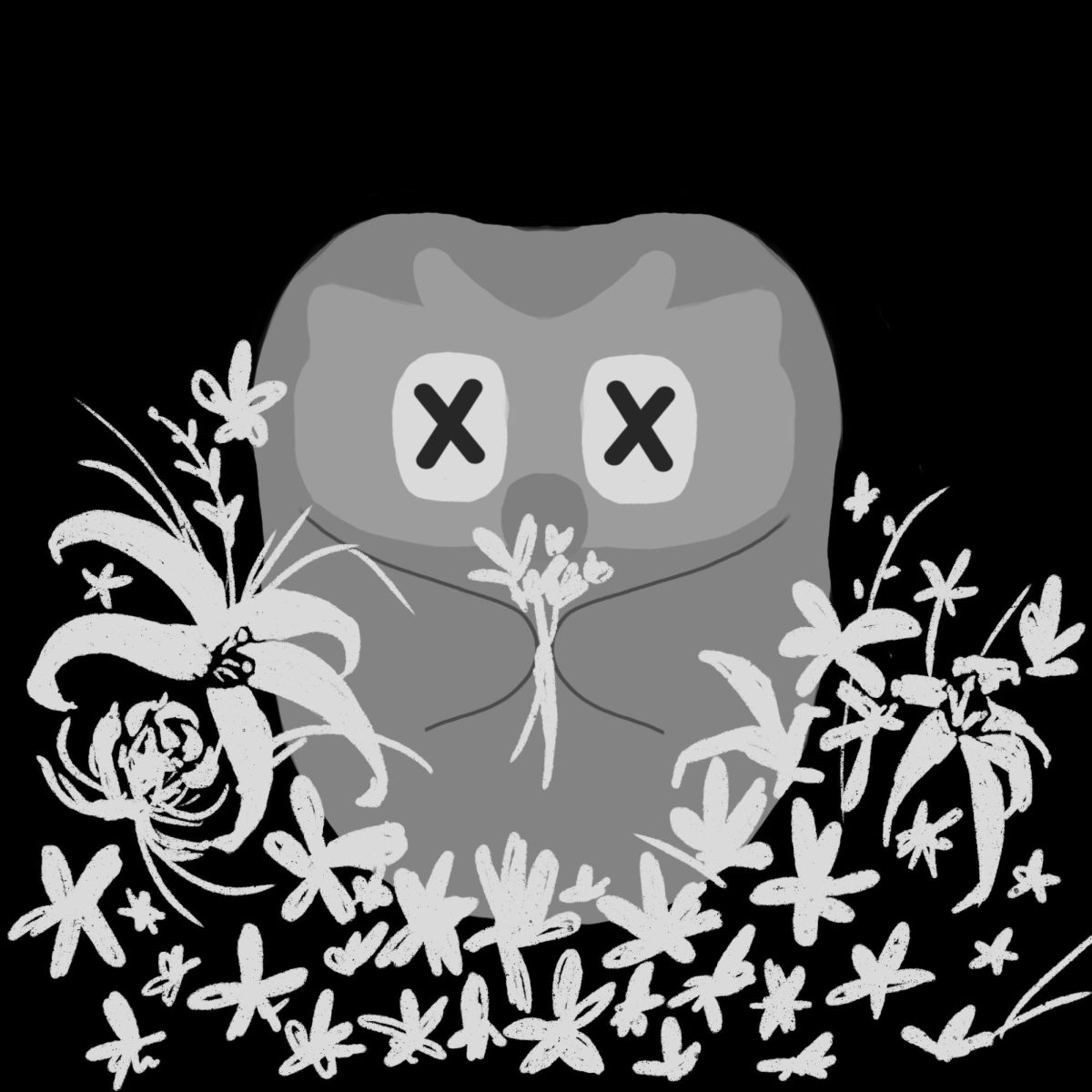Opinion | Nature can reclaim — but only if we let it
April 5, 2023
In April 1986, the worst nuclear disaster in human history occurred. The Chernobyl nuclear explosion released 400 times more radiation than an atomic bomb, causing the direct deaths of 50 people and indirectly causing 9,000 people to die of later complications. Thousands more were diagnosed with cancer and other radiation-caused illnesses. The Chernobyl power plant explosion is regarded as the worst nuclear disaster in history, yet it’s one of my favorite places in the world.
Although I have never visited Chernobyl, I hope to one day witness the natural reclamation that followed one of humanity’s greatest failures. What Chernobyl stands for is much more than the most radioactive place on Earth. It shows that in spite of the harm people have inflicted on the planet, nature can reclaim all — but only if we allow it to.
Since the nuclear disaster, people are not permitted to occupy the Exclusion Zone — unless you’re one of the Babushkas of Chernobyl. But 30 years later and still devoid of humans for the foreseeable future, the area is now a wildlife refuge and hosts some of the most diverse variety of species to exist in Europe.
Bison, boars, badgers, beaver, brown bears and many more, including hosts of birds, all inhabit the zone spanning between Ukraine and Belarus. Meanwhile, the brutalistic Soviet-era architecture and industrial buildings are overrun with greenery and plant life, further demonstrating the expansiveness of life that exists even after tragedy.
Think of the brutalist architecture born out of the 1950s. Even the most beautiful brutalist buildings are concrete, cold and devoid of character — a hallmark of the style. But it can be reclaimed by nature and transformed into its own style — eco-brutalism. While eco-brutalism has its own faults, the central feature is that an ultra-utilitarian, modernist style is made beautiful and vivacious through the reclamation of nature, mixing sterility and life in a beautifully contradicting way.
And as unsightly as I find brutalism and industrial architecture, I absolutely adore seeing abandoned places featuring saplings growing in gutters and moss coating crumbling roofs. But it’s not just abandoned places. When you walk anywhere with sidewalks or paved roads, you’ll see weeds growing in between asphalt cracks or crawling up around mailboxes’ legs. We’ve come to resent these scattered hints of nature among the concrete jungle we are most often submerged in, but they should act as welcome reminders of life. Reminders that, despite persistent human measures to exercise control over our surroundings, nature is able to overcome time and time again.
Since people began to settle into civilizations, we have exercised superiority over nature. We’ve manipulated land and water passages to irrigate our food crops, build houses and make clothes, none of which are inherently bad. Like all other creatures, we’ve adapted to our lived environments for the survival of our species. But now that we have evolved and progressed far past the limits of nature, we are entering an uncertain future for the viability of our planet and the millions of species that exist. Nature has always given us the necessary pieces to make life livable, yet in how we live our modern lives, we are making our planet unlivable. It’s an unbelievable paradox, but it’s a reality we must reckon with if we want a future where people and the planet can coexist.
But we don’t have to simply live among each other. We can thrive. In a 2020 article published by Yale Environment 360, Jim Robbins details multiple studies that link immersion in nature to positive health effects. Some even conclude that “nature is healing.” While this is not a universal answer drawn from the effects of nature, I can personally attest to the mood benefits of a sun-soaked walk in Panther Hollow, listening to the birds and observing the canopy. Nature benefits us, so we need to allow it to claim more aspects of our daily lives.
This is especially true when people are currently suffering from the lack of green spaces. Researchers have found that there are more trees in wealthier areas than in economically disadvantaged ones. This causes a host of issues, most notably the lack of cooling when trees are absent. And with climate change yielding hotter and hotter temperatures, this isn’t just a matter of aesthetics and carbon sequestration, but one of equity too. We just have to come to that conclusion as a population broadly.
I think that people sometimes resent nature for ruining the aesthetic vision of our preconceived lives instead of embracing our interconnectedness. I mean, think of Americans’ obsession with their lawns and what follows. The idea that, per American standards, unkemptness is unappealing and therefore we must manipulate it into a more suitable version. It’s part of the reason implementing renewable energy in the United States is a hard social issue to tackle.
Not only do humans owe nature the grace to heal, we also owe it to ourselves. Nature is not the enemy or an entity that requires taming. Our repeated efforts to de-wild the wilderness will only cost money, resources and effort that we simply do not have or can’t afford to expend. We don’t have to let nature reclaim all aspects of the world and ruin what humanity has created, but we need to learn to exist in a symbiotic version that supports all life.
Grace DeLallo writes about whatever she wants, including why people should care about the planet. Write to her at gkd5@pitt.edu.




